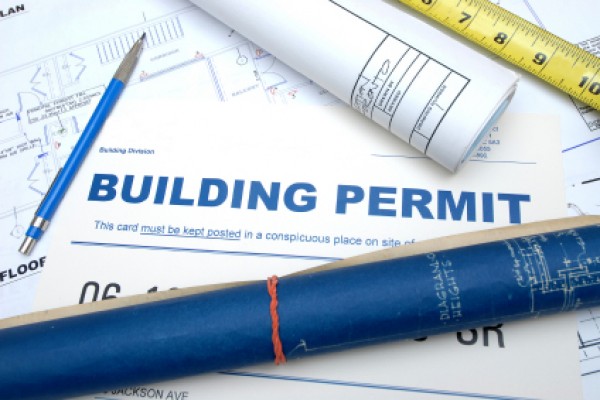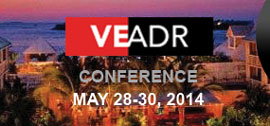Jim Orland, principal in a Southern California law firm discusses the unique opportunities provided by attending the 18th annual West Coast Casualty Seminar. Orland explains the challenges facing the sub-contractors in today’s evolving construction defect market.
Orland describes the importance of neutral, 3rd party evaluations and the emerging issues facing his clients.
Mark Bourassa, founding partner in a Las Vegas, Nevada law firm explains how the West Coast Casualty Seminar is the mecca of the construction defect arena. Bourassa describes what he is able to take away from his experiences and how he utilizes that information.
Bourassa has a unique understanding of the current construction defect litigation environment and reflects on how the current economy is shaping future trends.

By Ed Martinet
Florida – I was in a meeting today when it came to me that “we have a failure to communicate” in the CD and construction claim/litigation arena. While this failure to communicate does not always occur, in too many instances it does.
The systemic failure begins when a plaintiff fails to accurately and fairly present a claim that meets the realistic needs of the owners. The communication failure continues when the defense does not completely address the plaintiff concerns, bringing up issues as owner maintenance and responsibility for decisions it may have made during the design and construction of the project. Then the communication failure continues when the subcontractors fail to properly address their potential exposure or refuse to accept responsibility for their share of the plaintiff’s issues. Read More
Gary Baumann, shareholder in a Florida insurance defense law firm, discusses the changing and evolving industry of construction defect litigation at the West Coast Casualty Conference. Baumann explains the trend of efficient productivity.
Being more productive gives you more “bang for your buck from your client’s perspective,” Baumann said.
Baumann illustrates how the proper use of technology such as webinars can cut costs and the number of mediations while still producing the same results for the client. Webinars can be used to ensure everyone is prepared ahead of time and reduce the time and costs of traveling.

By Paul Viau
How many of you (Architects, Engineers, Contractors and Attorneys) run into the situation where you need to do a code analysis for a code you don’t have? So then you have to go out and buy another $80 book to add to your shelf. If the building, plumbing or other code you’re using is law, and by law you need to design and build in accordance with the code/law referenced, shouldn’t the code be made available to you as a public document?
Some people think so, and there have been Judicial Rulings that support that position.
In furtherance of that position, public.resource.org a 501 (C) (3) nonprofit has made the codes available through their website. You might ask: Aren’t the codes copyrighted material? On their website at https://public.resource.org/bsc.ca.gov/index.html, the folks at Public.Resource.org take the position that “The courts have long held that the law is public domain and must be available to all for use without restriction. While numerous organizations have attempted to assert copyright over judicial branch opinions, legislative branch statutes, and executive branch regulations, the courts have not looked kindly on these efforts to place a private wrapper around a public package. If we are to be a nation of laws, those laws must be accessible to all.”
At the web link indicated above, you will find most of the 2007 California Codes related to construction. Here is the link to the 2010 California Codes http://bulk.resource.org/codes.gov/bsc.ca.gov/ and a further link to additional codes in many other states and cities http://bulk.resource.org/codes.gov/
I’ve found this to be an extremely useful resource and you might too.

